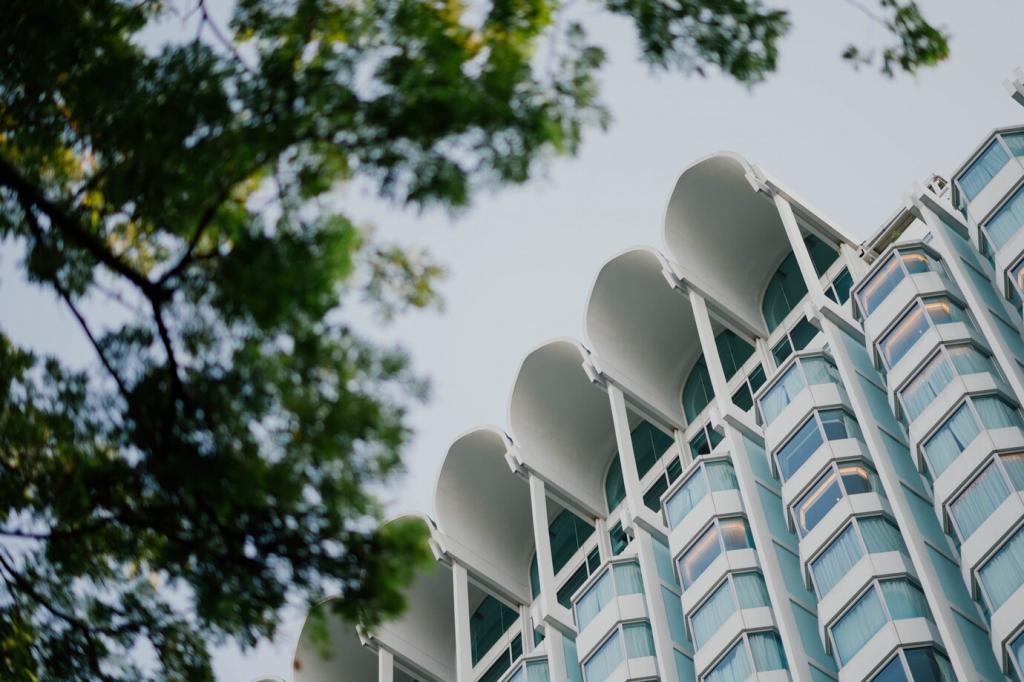The integration of technology is fundamentally transforming the landscape of green building. As rising environmental concerns drive the demand for sustainable infrastructure, innovative solutions are ushering in a new era of construction practices. Through smart design, automation, and advanced materials, technology empowers architects, builders, and property owners to minimize environmental impact, enhance energy efficiency, and create healthier indoor environments. This synergy between technological advancement and sustainable principles is setting new standards for ecological responsibility within the built environment.
Smart Design and Planning Tools
Building Information Modeling, commonly referred to as BIM, is revolutionizing the way designers approach construction planning. Within the context of green building, BIM provides a digital representation of the physical and functional characteristics of a structure, allowing teams to simulate energy use, evaluate material quantities, and assess design alternatives for environmental impact. By enabling real-time data sharing among stakeholders and cross-disciplinary collaboration, BIM helps identify potential inefficiencies early and ensures that sustainable design goals are thoroughly integrated and achievable throughout the project lifecycle. This results in buildings that are better aligned with green requirements while also supporting cost reduction and increased productivity.
Advanced Construction Materials and Techniques
High-performance insulation materials are transforming energy conservation within green buildings. Unlike traditional insulation products, these advanced materials often boast superior thermal resistance, thinner profiles, and greater longevity. Aerogels, vacuum-insulated panels, and phase-change materials minimize unwanted heat flow, maintaining comfortable indoor environments with reduced energy input for heating or cooling. The selection of such insulation, made possible by technological advances in material science, is crucial for achieving the low-energy goals of sustainable construction, ultimately reducing operational costs and enhancing occupant satisfaction while simultaneously lowering environmental impact.
Self-healing concrete represents a significant leap forward in sustainable construction materials. Embedded with microcapsules containing healing agents or bacteria, this technology allows cracks that develop over time to be sealed autonomously, enhancing a structure’s durability and service life. The use of self-healing concrete dramatically reduces the need for energy-intensive repairs and the associated emissions, cutting down on maintenance costs and resource usage. By prolonging structural integrity and reducing the frequency of rehabilitation, self-healing concrete aligns with the philosophies of resilience and resource conservation at the heart of green building.
Prefabrication and modular construction techniques are redefining building efficiency and sustainability. Leveraging precision manufacturing and on-site assembly, these methods diminish construction waste, minimize transportation emissions, and reduce disruption to the surrounding environment. Using digital fabrication technologies, components are produced to exact specifications, ensuring optimal fit and resource use. The result is not only a shorter construction timeline but also buildings that achieve higher performance standards with less environmental impact and a more predictable, controlled building process.
Building Automation and Smart Management
Intelligent Heating, Ventilation, and Air Conditioning (HVAC) systems are central to energy-efficient operation in green buildings. These systems utilize a network of sensors and advanced control algorithms to adjust temperatures, airflow, and humidity levels dynamically, based on occupancy and outdoor conditions. By reacting only as needed and predicting usage patterns, intelligent HVAC systems minimize unnecessary energy consumption without sacrificing indoor air quality or comfort. Over time, this adaptive approach yields significant energy savings, reduces greenhouse gas emissions, and supports the long-term sustainability goals of the building.

